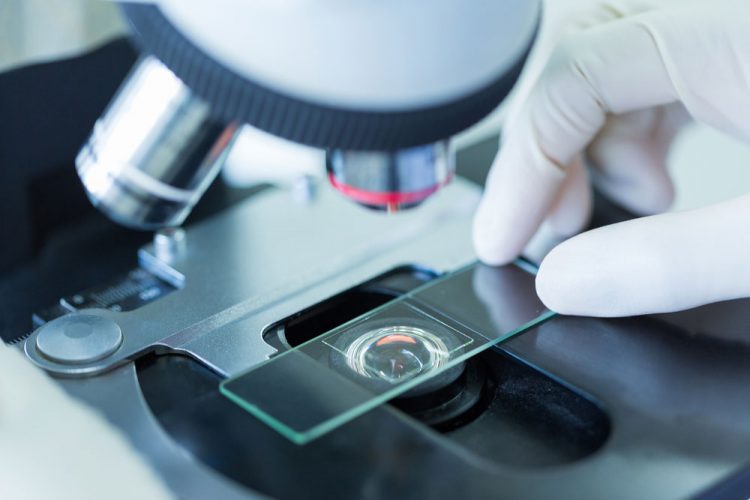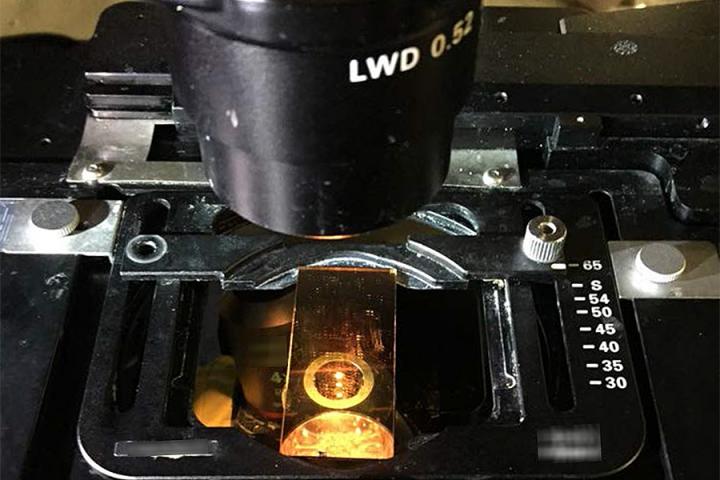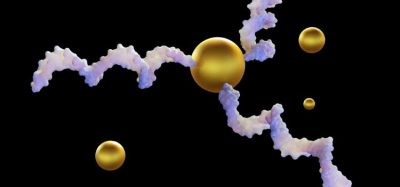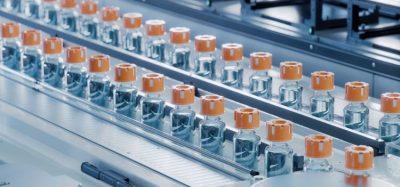Improved glass slide turns microscopes into thermometers
Posted: 8 May 2018 | European Pharmaceutical Review | No comments yet
Advancement could streamline and boost scientific research all over the world, help computing industry…


A study describes how an updated version of this centuries-old tool can now enable scientists to see tiny objects while also measuring their temperature.
The advancement, made possible by a new transparent coating at the forefront of optics theory, has the potential to streamline and enhance scientific research worldwide, from clandestine government biology labs to high school chemistry classes.
The new coating is made of a layer of acrylic glass (the same material used in most eyeglasses) that are sandwiched between two layers of transparent gold. The gold is transparent because it’s only 20 nanometers thick; a typical sheet of paper is 100,000 nanometers thick.


A photo of the experiment using a glass slide with the new coating. (University at Buffalo)
Engineers fabricated the coating so that “exceptional points” — the sweet spots where unusual light behaviour happens — can develop within the tri-layered structure. The coating, which significantly enhances the slide’s sensitivity to light detection, would be added to slides during the manufacturing process. Either the slide or coverslip could receive the coating.
To make use of the new coating, a laser is needed, said Dr Ruogang Zhao, Assistant Professor in the University at Buffalo Department of Biomedical Engineering, a common helium-neon laser, which can be seamlessly integrated with most microscopes, will do the job.
It may also have implications in other industries, such as computers and electronics, whose products require measurement and control of heat in highly confined spaces.
“We have instruments that magnify incredibly small objects. And we have tools that measure heat, like infrared thermometers. But we haven’t been able to combine them in a low-cost and reliable manner. This new coating takes a big step in that direction,” says Dr Ruogang Zhao.









